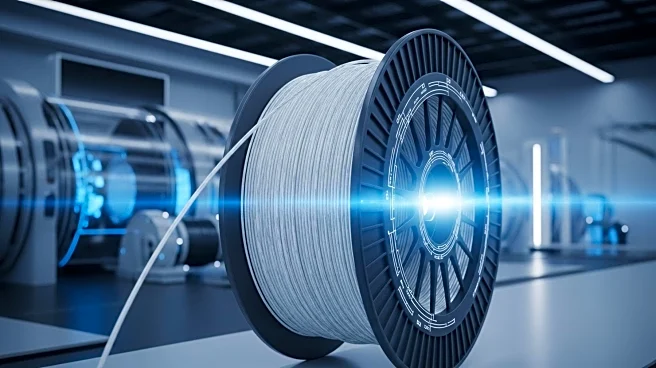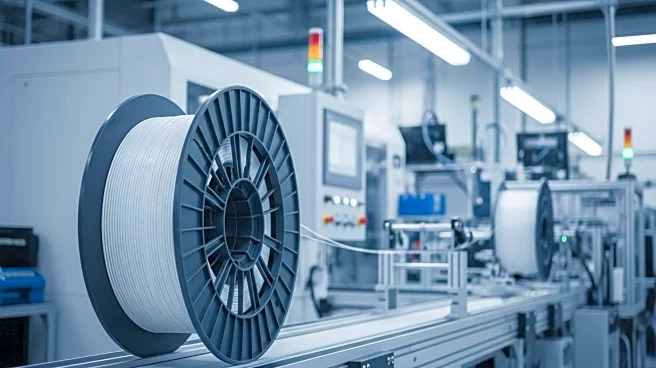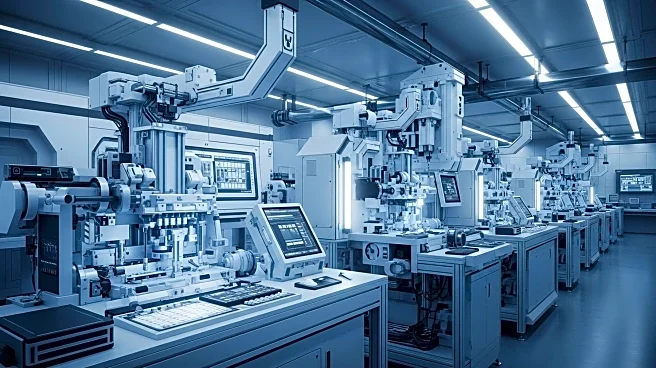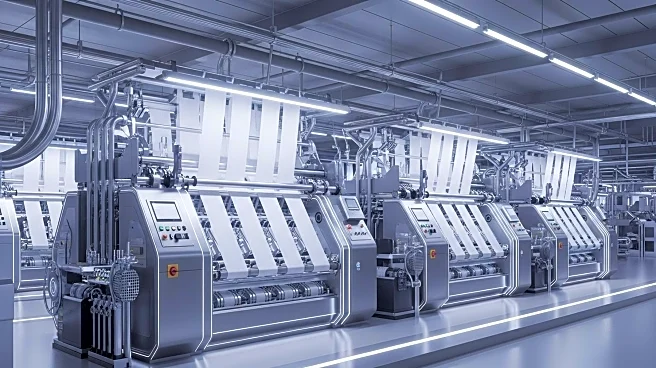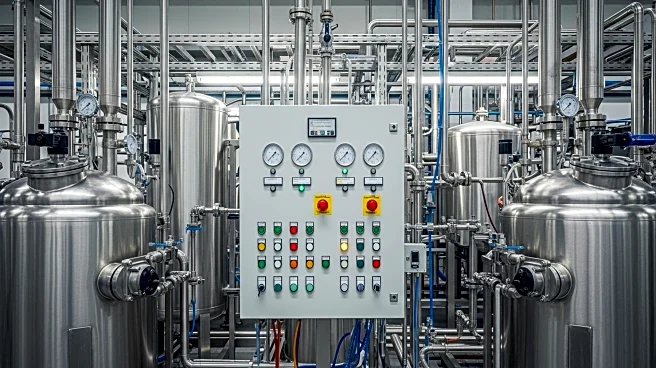What's Happening?
The fiber optic cable industry is projected to experience significant growth by 2025, driven by the expansion of 5G networks, cloud computing, and increased internet penetration. The setup of a fiber optic cable manufacturing plant involves substantial investment in infrastructure, machinery, and skilled labor. Key components include fiber drawing towers, coating machines, and cable stranding units, requiring high-purity silica and polymers. The IMARC Group's report outlines the comprehensive requirements for establishing such a plant, including land development, machinery costs, and regulatory compliance. The industry is poised for growth due to rising demand for high-speed broadband and smart city projects, supported by technological innovations and government initiatives.
Why It's Important?
The expansion of fiber optic cable manufacturing is crucial for supporting the growing demand for high-speed internet and data centers, which are essential for modern digital infrastructure. As 5G networks and broadband services expand, the need for reliable and fast communication channels increases, driving investments in fiber optic technology. This growth presents opportunities for manufacturers and investors, potentially boosting economic activity and job creation in the sector. However, fluctuating raw material and energy prices, along with the need for advanced manufacturing technology, pose challenges that must be addressed to ensure sustainable growth.
What's Next?
Investors and manufacturers in the fiber optic cable industry must navigate several challenges, including high initial capital investments and compliance with safety and quality standards. As the industry grows, managing global supply chain dependencies and market competition will be critical. Government incentives for digital connectivity may provide support, but companies must remain agile to adapt to technological advancements and price volatility. The focus will likely be on enhancing production efficiency and reducing costs while maintaining high-quality standards.
Beyond the Headlines
The fiber optic cable industry's growth could have broader implications for global telecommunications markets, potentially reshaping competitive dynamics and influencing pricing strategies. As digital infrastructure becomes increasingly vital, the role of fiber optics in enabling smart city projects and advanced communication systems will be pivotal. Ethical considerations around data privacy and security may also emerge as fiber optic networks expand, necessitating robust regulatory frameworks to protect consumer interests.
